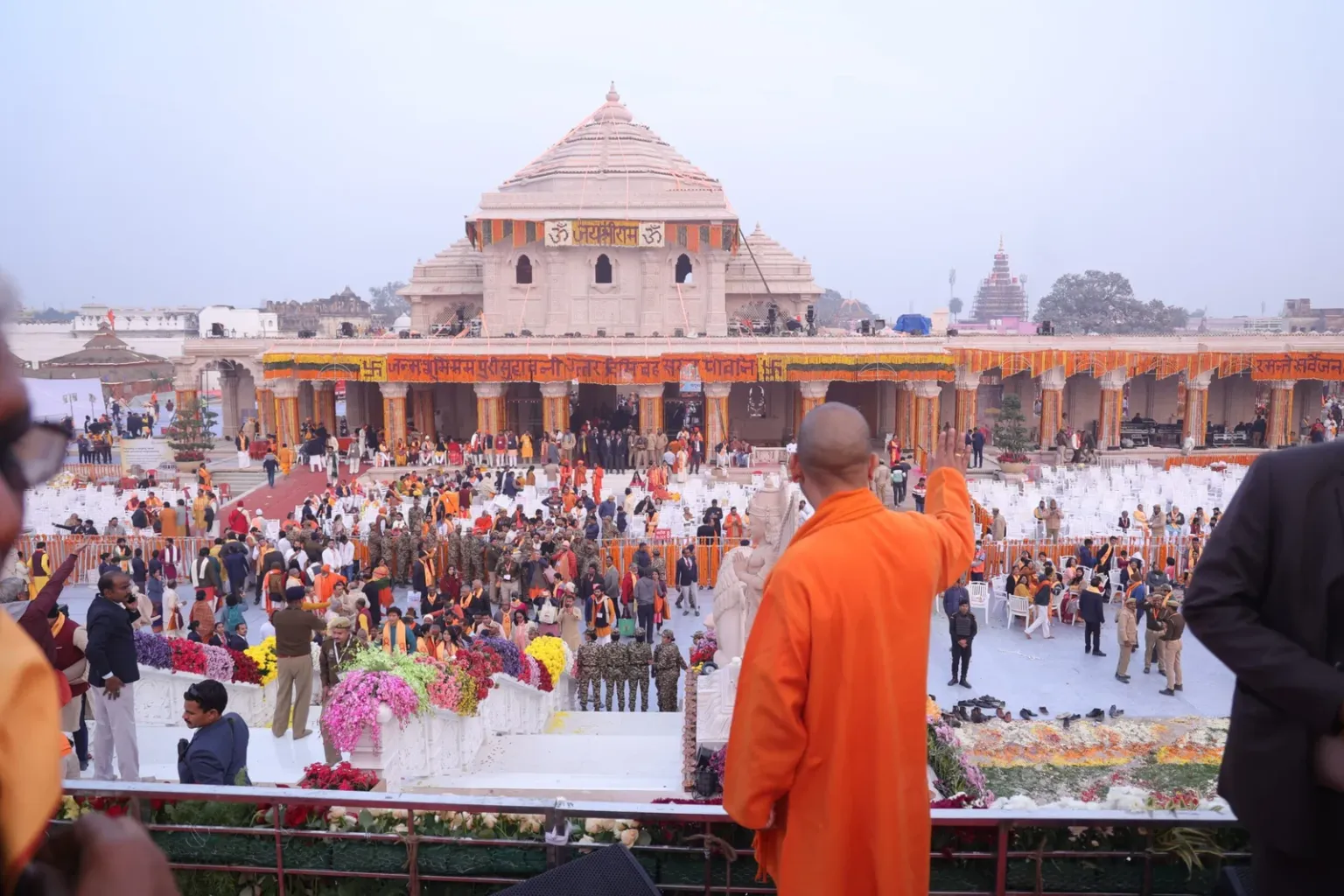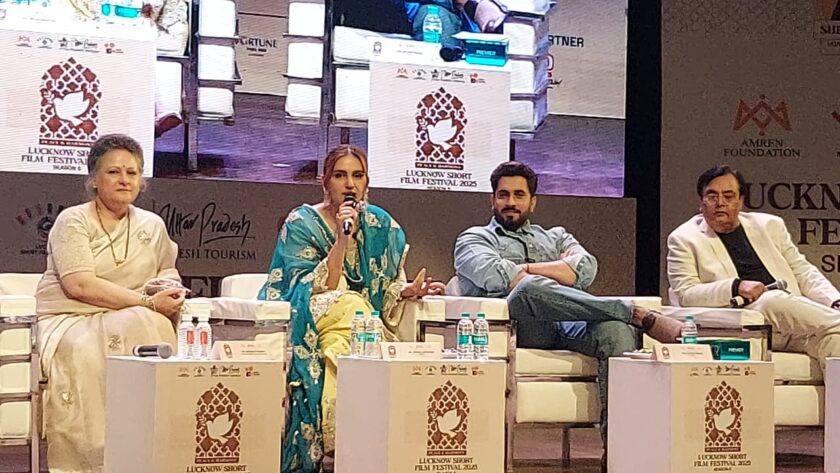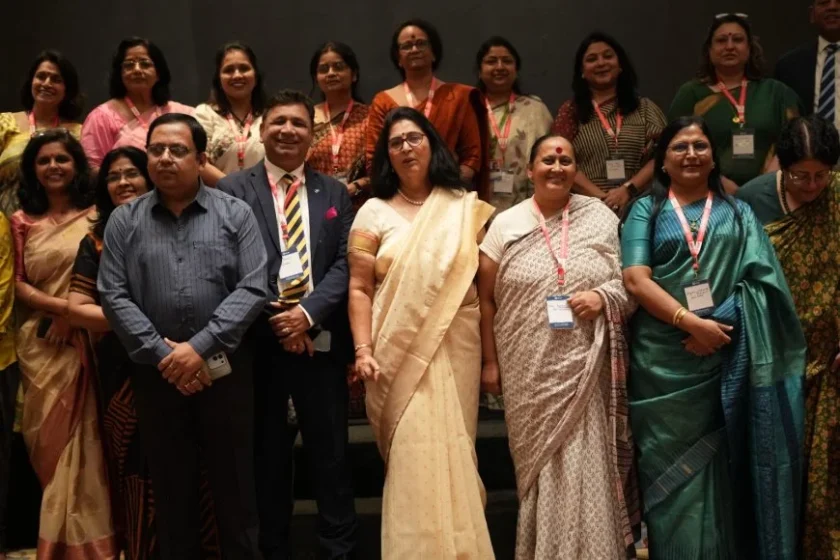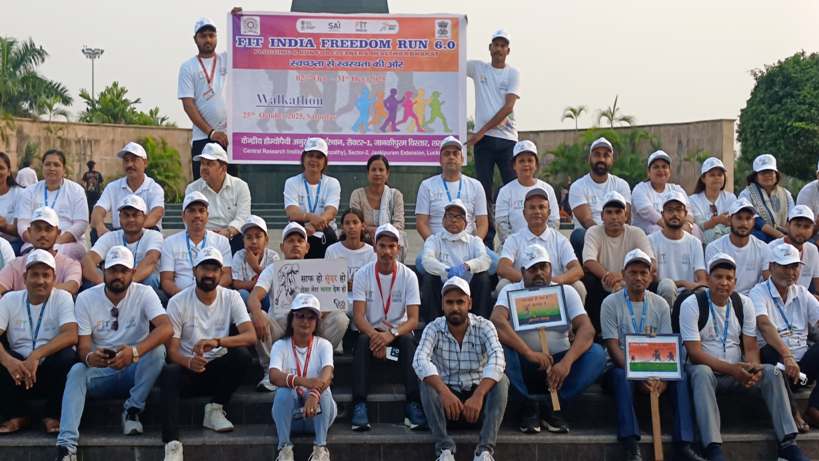Lucknow / Gorakhpur: The Ram Temple movement, one of the most significant religious and socio-political campaigns in India’s post-independence history, has deep and decisive roots in Gorakhpur. Beyond the spiritual clout of the Goraksha Peeth, a revered institution over a century old, the city has produced a series of influential figures—from judges and chief ministers to saintly leaders—who have shaped the course of the Ram Janmabhoomi movement.
Key Turning Points Traced Back to Gorakhpur
The unlocking of the disputed site in Ayodhya in February 1986 was a landmark moment. The district judge who passed the order, K.M. Pandey, hailed from Gorakhpur. Within 40 minutes of his ruling, the locks were opened. Coincidentally, the then Chief Minister of Uttar Pradesh, Vir Bahadur Singh, was also from Gorakhpur and had reportedly discussed the matter privately with Mahant Avaidyanath, though the latter declined to support any political formula not aligned with the movement’s spiritual ethos.
Geeta Press: Propelling Ram’s Legacy Through Literature
The iconic Geeta Press, also based in Gorakhpur, played a foundational role in disseminating literature on Lord Ram’s virtues. Its editor, Hanuman Prasad Poddar (Bhaiji), was instrumental behind the scenes, especially around the mysterious appearance of the Ram Lalla idol on 23-24 December 1949. He had close ties with Mahant Digvijaynath, then head of Goraksha Peeth and a key player in organizing the early stages of the movement.
Goraksha Peeth: A Century-Old Custodian of the Cause
For three successive generations—Mahant Digvijaynath, Mahant Avaidyanath, and now CM Yogi Adityanath—the Goraksha Peeth has remained at the heart of the Ram temple movement. Mahant Digvijaynath, after becoming the Peethadhishwar in 1935, provided the first strategic structure to the cause post-Independence. He spearheaded mass mobilizations, united sects across caste lines, and led the famous Akhanda Ramayan recitation days before the idol’s appearance in 1949.
Avaidyanath’s Leadership: Political Mobilization Begins
Post-1969, Mahant Avaidyanath carried the mantle. In 1984, under his leadership, the Shri Ram Janmabhoomi Mukti Yajna Samiti was formed. On 7 October 1984, a grand Dharmayatra was launched from Ayodhya to Lucknow, culminating in a massive rally that shook the then Congress government. He was chosen by consensus as the movement’s national face—uniting divergent Hindu sects under a common banner.
Shilanyas and Car Seva: The National Movement Gathers Steam
The 9 November 1989 symbolic Shilanyas of the temple was also conducted under Avaidyanath’s direction. Despite requests from then Home Minister Buta Singh to delay the event, Avaidyanath refused, calling it an issue of national honour. With Kameshwar Chaupal, a Dalit devotee, laying the first stone, a message of inclusivity and unity was sent across the country.

Kar Seva followed, marked by sacrifice, with multiple devotees losing their lives in police firing in 1990. Yet, the movement, under Avaidyanath’s relentless leadership, continued with stronger resolve. He was in constant dialogue with prime ministers—from Rajiv Gandhi to P.V. Narasimha Rao—but remained unwavering on his core demand: a grand Ram temple at the birthplace.
Yogi Adityanath: Realizing the Dream
A disciple of Avaidyanath, Yogi Adityanath, now Chief Minister of Uttar Pradesh, has carried forward this legacy with remarkable consistency. Since taking office in 2017, he has visited Ayodhya over 100 times, overseeing major infrastructure and cultural revivals. Under his leadership, the once-symbolic dream became a reality with the Bhoomi Pujan on 5 August 2020, led by Prime Minister Modi, and the Pran Pratishtha of Ram Lalla on 22 January 2024.
The most recent milestone came on 5 June 2025, when CM Yogi Adityanath presided over the consecration of the Ram Darbar, solidifying Gorakhpur’s unbroken spiritual and political connection to Ayodhya.
Towards a Divine Ayodhya
Chief Minister Yogi’s vision is to recreate Ayodhya as the world’s most divine and beautiful spiritual destination. Massive rejuvenation projects, including the iconic Deepotsav, are transforming Ayodhya into a city befitting its Treta Yug glory. In the words of Goswami Tulsidas:
“Avadhpuri ati ruchir banai, devanha suman brishti jhar lai.”
This revival, built upon decades of tireless effort, sacrifice, and unwavering faith, is not just about a temple—it is about restoring the soul of a civilization. Gorakhpur’s contributions, led by the Goraksha Peeth, remain etched in golden letters in this saga of devotion and nationhood.






